Explainer Affelia in our Learning team looks at some mischievous mirrors in the Science Museum.
Mirror, mirror on the wall, who’s the fairest of them all? We all know this famous saying from Snow White, but mirrors are incredibly useful in our day to day lives. We use them in the morning to check our hair, in cars to avoid crashes and some buildings have them in corridors for safety. But there are some other, more mischievous, ways to use them. For example, our Grab the Bling exhibit in Launchpad uses a huge spherical concave mirror (one that bulges inwards) to trick people into thinking they can touch a desirable watch.
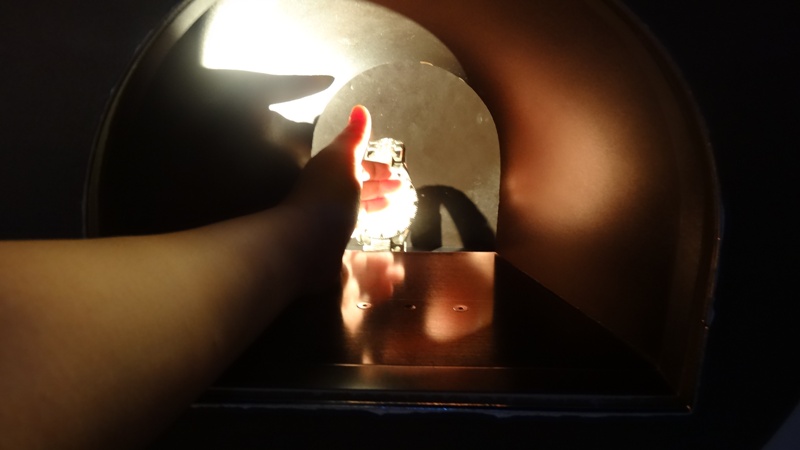
In fact, the concave mirror produces something called an inverted real image of the watch. This means that the image of the watch is upside down compared to the real watch and is made by beams of light meeting at a single point in front of the mirror. People would then think that the image is the actual watch and try to snatch it, when in fact our watch is perfectly safe underneath.
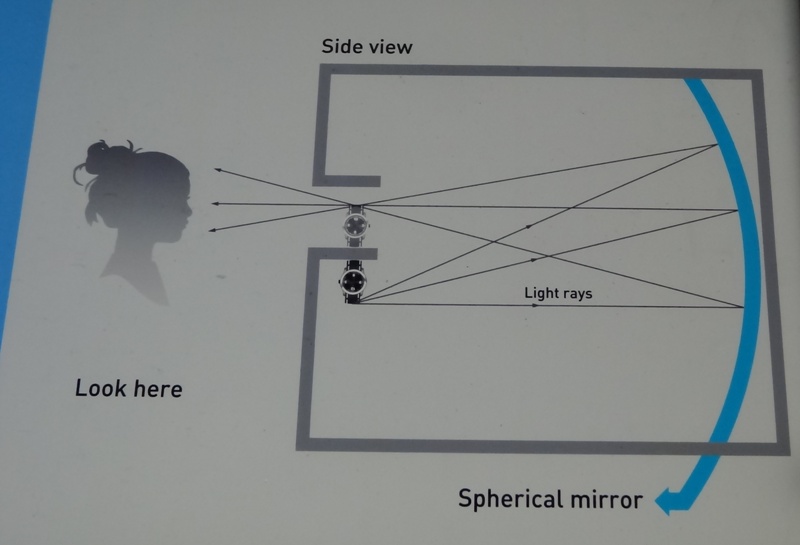
Mirrors are also used in our Seeing Through Walls exhibit which I like to use to pretend that I’m Superman.
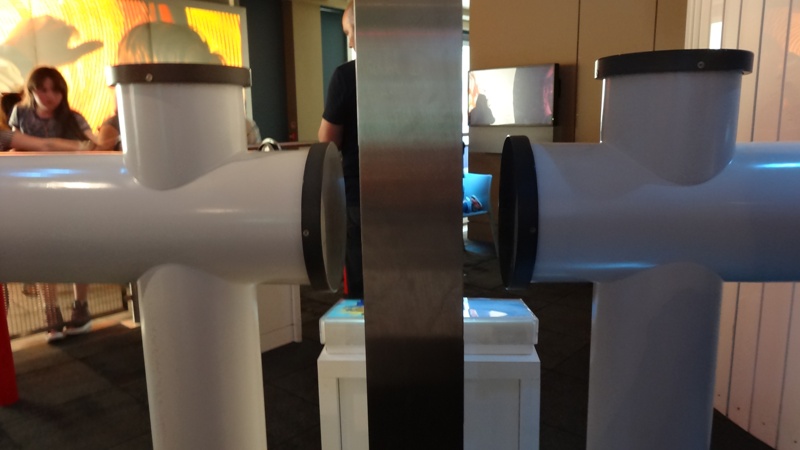
Looking at the shape of the tubes, it’s clear that light can’t go up or through the wall and so it must go down. The two tubes are connected by a pipe in the raised area of the floor
Four mirrors are carefully placed where the tubes change direction so that the light can be directed around the tube and you and your buddy can see each other!

The Science in the 18th Century gallery next door to Launchpad has many interesting devices that use mirrors to work. This gallery is pretty awesome because it’s filled with equipment used by King George III and his science tutor, Stephen Demainbray, to learn about science. Basically, it’s a 250 year old version of Launchpad! One of the equipments in this gallery that uses mirrors to trick people is a polemoscope, or “jealousy glass”.
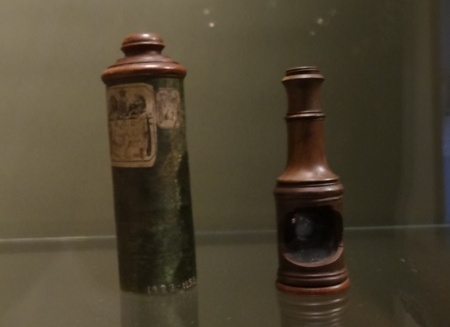
They were used by opera goers to look at other people in the audience in private. They look very similar to opera glasses which were used to see the actors on stage more clearly, but instead a mirror inside is slanted at 45° so that the user can see what’s going on to one side of them. This makes the polemoscope ideal to secretly spy on people!
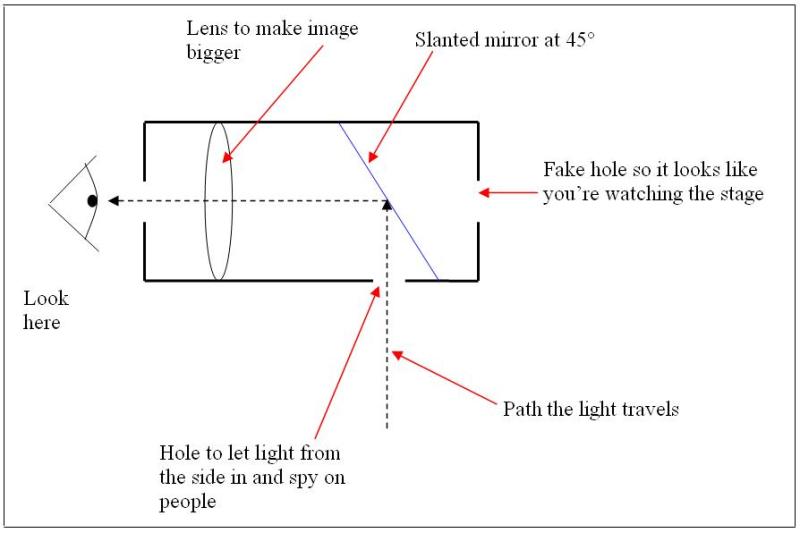
So there you have it, it seems that mirrors aren’t only used to see who’s fairest of them all, but also who’s the cheekiest!